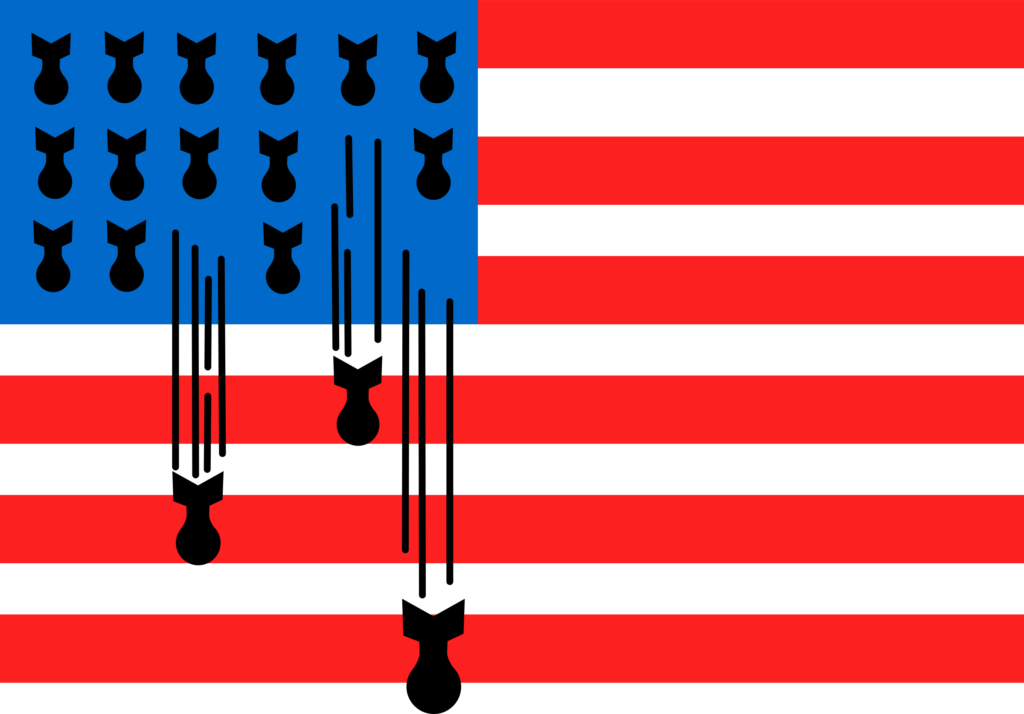Economic Costs of US Wars
ANGLO AMERICA, 30 May 2016
Brown University Watson Institute for International and Public Affairs – TRANSCEND Media Service
The United States federal government has spent or obligated 4.4 trillion dollars on the wars in Afghanistan, Pakistan, and Iraq. This figure includes: direct Congressional war appropriations; war-related increases to the Pentagon base budget; veterans care and disability; increases in the homeland security budget; interest payments on direct war borrowing; foreign assistance spending; and estimated future obligations for veterans’ care.
This total omits many other expenses, such as the macroeconomic costs to the US economy; the opportunity costs of not investing war dollars in alternative sectors; future interest on war borrowing; and local government and private war costs.
The current wars have been paid for almost entirely by borrowing. This borrowing has raised the US budget deficit, increased the national debt, and had other macroeconomic effects, such as raising consumer interest rates. Unless the US immediately repays the money borrowed for war, there will also be future interest payments. We estimate that interest payments could total over $7 trillion by 2053.
Spending on the wars has involved opportunity costs for the US economy. Although military spending does produce jobs, spending in other areas such as health care could produce more jobs. Additionally, while investment in military infrastructure grew, investment in other, nonmilitary, public infrastructure such as roads and schools did not grow at the same rate.
Finally, federal war costs exclude billions of dollars of state, municipal, and private war costs across the country – dollars spent on services for returned veterans and their families, in addition to local homeland security efforts.
(Page updated as of April 2015)
Go to Original – watson.brown.edu
DISCLAIMER: The statements, views and opinions expressed in pieces republished here are solely those of the authors and do not necessarily represent those of TMS. In accordance with title 17 U.S.C. section 107, this material is distributed without profit to those who have expressed a prior interest in receiving the included information for research and educational purposes. TMS has no affiliation whatsoever with the originator of this article nor is TMS endorsed or sponsored by the originator. “GO TO ORIGINAL” links are provided as a convenience to our readers and allow for verification of authenticity. However, as originating pages are often updated by their originating host sites, the versions posted may not match the versions our readers view when clicking the “GO TO ORIGINAL” links. This site contains copyrighted material the use of which has not always been specifically authorized by the copyright owner. We are making such material available in our efforts to advance understanding of environmental, political, human rights, economic, democracy, scientific, and social justice issues, etc. We believe this constitutes a ‘fair use’ of any such copyrighted material as provided for in section 107 of the US Copyright Law. In accordance with Title 17 U.S.C. Section 107, the material on this site is distributed without profit to those who have expressed a prior interest in receiving the included information for research and educational purposes. For more information go to: http://www.law.cornell.edu/uscode/17/107.shtml. If you wish to use copyrighted material from this site for purposes of your own that go beyond ‘fair use’, you must obtain permission from the copyright owner.

